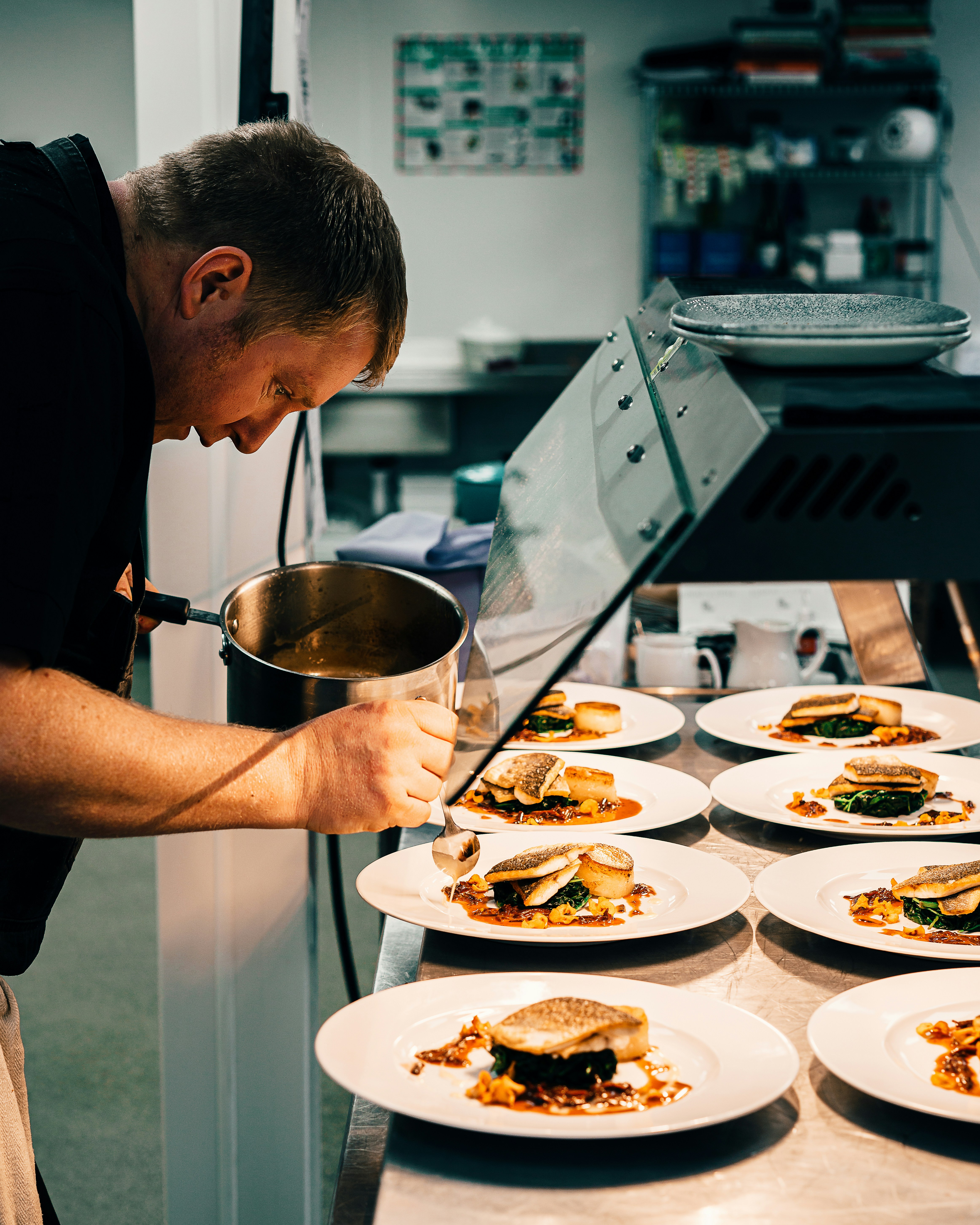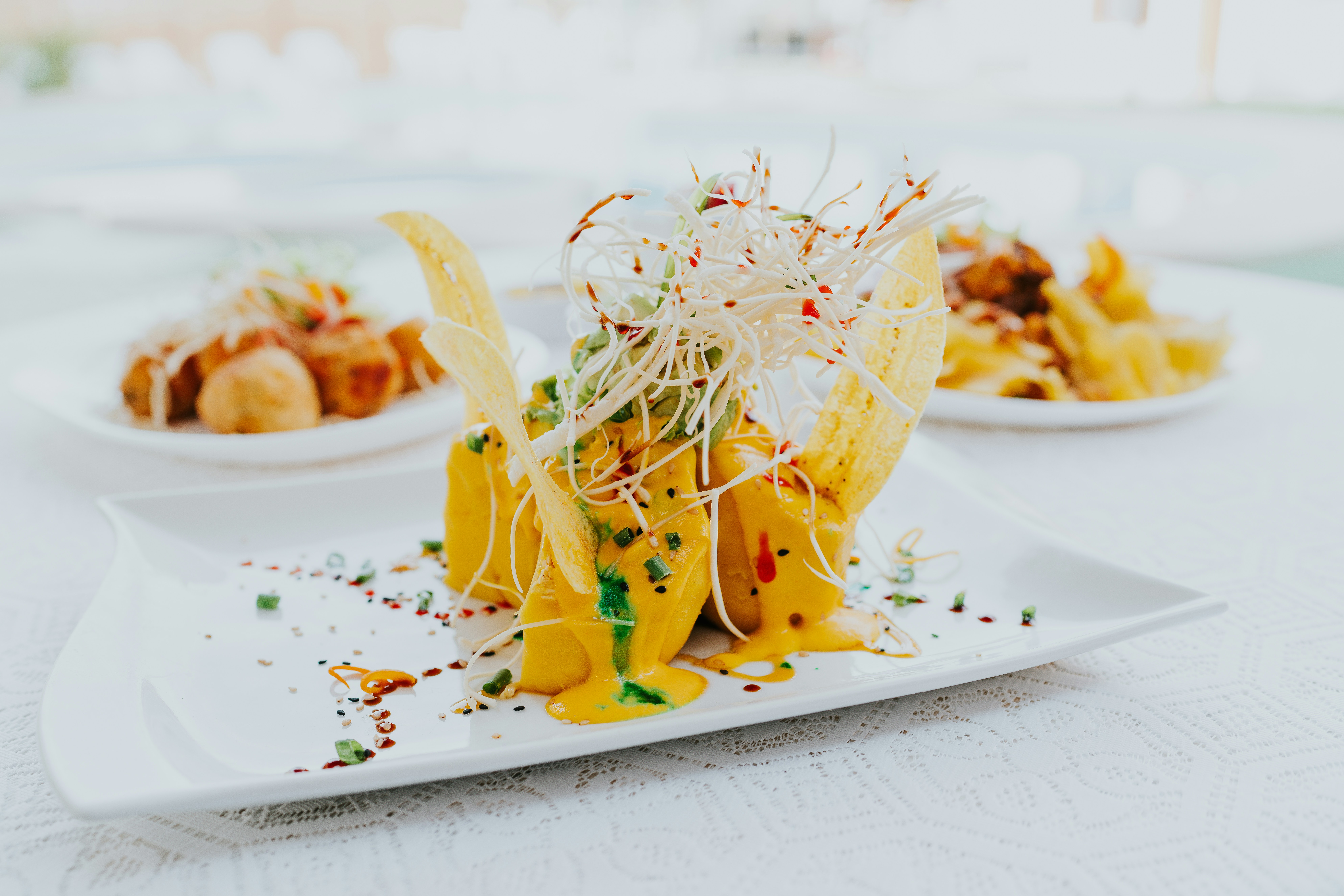If you’re looking to recreate the delicious flavors of traditional Korean cuisine in your own kitchen, then you need to know the key ingredients that make up the vibrant and spicy Korean Spicy Chicken Stew, also known as dakdoritang. This mouthwatering dish is packed with a combination of flavors that will surely tantalize your taste buds. From tender chicken pieces to an array of aromatic spices and vegetables, each ingredient plays a crucial role in forming the distinctive taste that defines this classic Korean dish. So, if you’re ready to embark on a culinary adventure, let’s uncover the secrets behind making this tantalizing dish.

Key Ingredients in Making Traditional Korean Spicy Chicken Stew (dakdoritang)
Traditional Korean Spicy Chicken Stew, also known as Dakdoritang, is a delicious and comforting dish that has become popular both in Korea and around the world. Made with a combination of succulent chicken, potatoes, carrots, onion, garlic, and ginger, this stew offers a delightful explosion of flavors and a satisfying level of spiciness.
Let’s take a closer look at the key ingredients that make up this mouthwatering Korean dish.
Base Ingredients
Chicken
The star of the show in Dakdoritang is undoubtedly the chicken. Opt for bone-in chicken pieces, such as drumsticks or thighs, to enhance the flavors of the stew. The tender and juicy chicken is essential to achieving the perfect texture and taste of this hearty dish.
Potatoes
Potatoes are a staple ingredient in Dakdoritang recipes. They add a wonderful earthy taste and help thicken the stew. Cut them into bite-sized pieces to ensure they cook evenly.
Carrots
Carrots provide a natural sweetness and vibrant color to the stew. Slice them into thin circles or julienne them for added visual appeal.
Onion
Onions are a fundamental ingredient in many Korean dishes, and Dakdoritang is no exception. They contribute flavor and depth to the stew. Dice or slice them to your preference.
Garlic
Garlic is a must-have in Korean cuisine, known for its aromatic properties. Minced or thinly sliced garlic cloves bring a distinctive pungent taste to the stew.
Ginger
Ginger adds a subtle warmth and kick to the Dakdoritang. Grate or finely chop the ginger to infuse its flavors throughout the dish.
Spices and Seasonings
Gochujang
Gochujang is a fermented Korean red chili paste that serves as the foundation for the spicy element in Dakdoritang. Its unique blend of heat, sweetness, and umami creates a complex flavor profile. Use it liberally to achieve the desired level of spiciness.
Gochugaru
Gochugaru is a coarsely ground Korean red chili pepper powder. It adds heat and a vibrant color to the stew. Adjust the amount to your personal taste preferences.
Soy Sauce
Soy sauce is a staple in Korean cooking, providing a savory and umami-rich taste to various dishes. It helps to balance the flavors of the stew. Use a good-quality soy sauce to enhance the overall taste.
Fish Sauce
Fish sauce is a pungent and savory fermented condiment that adds depth and complexity to the Dakdoritang. It’s a key ingredient in many Korean stews and soups. Adding a splash of fish sauce will elevate the flavors of your stew to new heights.
Sugar
A touch of sugar helps to balance the spiciness and adds a subtle sweetness to the stew. Adjust the amount according to your preference, keeping in mind that it should not overpower the other flavors.
Black Pepper
Black pepper provides a mild heat and additional depth of flavor. Grind fresh black pepper for the best results.
Salt
Salt is a necessary seasoning that brings out the flavors of the other ingredients. Use it sparingly and adjust to taste during the cooking process.
Additional Flavors
Green Chili Peppers
Green chili peppers add an extra level of spiciness and a burst of vibrant color to the stew. Slice them diagonally to showcase their beauty.
Red Chili Peppers
Red chili peppers, similar to green chili peppers, contribute both heat and color to the stew. Adjust the amount based on your preferred spice level.
Green Onions
Green onions, also known as scallions, add a fresh and slightly sharp flavor to the stew. Chop them into small pieces and use them as a garnish just before serving.
Kimchi
No Korean dish is complete without kimchi, and Dakdoritang is no exception. The tangy and spicy fermented cabbage adds a distinct and exciting flavor to the stew. Serve it on the side or mix it into the stew for an even more intense flavor experience.
Sesame Oil
Sesame oil is a fragrant and nutty oil that enhances the taste of many Korean dishes. A drizzle of sesame oil just before serving adds a delightful aroma and depth to the Dakdoritang.
Broth or Stock
Chicken Broth
Chicken broth provides a rich and flavorful base for the stew. You can use store-bought chicken broth or make your own by simmering chicken bones, onions, carrots, and herbs.
Water
Water is essential to dilute the flavors and balance out the other ingredients in the stew. Make sure to use fresh and clean water to maintain the integrity of the flavors.
Anchovy Broth
Anchovy broth, made by simmering dried anchovies, adds a distinct umami flavor to Dakdoritang. It enhances the depth of the stew and complements the other ingredients beautifully.
Vegetables and Garnishes
Shiitake Mushrooms
Shiitake mushrooms offer a savory and meaty texture to the stew. Slice them thinly or keep them whole based on your preference. Their earthy flavors blend harmoniously with the other ingredients.
Tofu
Tofu is a versatile ingredient that absorbs the flavors of the stew while still maintaining its soft and silky texture. Cut it into cubes or rectangles, depending on the desired size.
Perilla Leaves
Perilla leaves, also known as sesame leaves, have a unique, slightly minty flavor that adds a refreshing touch to the stew. Roll them up tightly and slice them thinly to incorporate into the dish.
Crown Daisy
Crown daisy, also known as edible chrysanthemum leaves, brings a subtle bitterness and a touch of sweetness to the stew. Pull the leaves from the stems and rinse them thoroughly before using.
Sesame Seeds
Toasted sesame seeds offer a nutty flavor and crunchy texture to the dish. Sprinkle them on top as a garnish just before serving to add an appealing visual element.
Optional Ingredients
Rice Cakes
Rice cakes, known as tteok in Korean, are soft and chewy rice-flour dumplings that can be added to the stew for extra texture and taste. They absorb the flavors of the broth and add a pleasant chewiness to each bite.
Ramen Noodles
For a heartier meal, you can include ramen noodles in your Dakdoritang. The noodles soak up the rich flavors of the stew and provide a satisfying addition to the dish.
Cooking Process
Preparation
Start by preparing all the ingredients. Clean and trim the chicken, peel and chop the vegetables, and mince the garlic and ginger. Having everything ready before cooking will ensure a smooth and enjoyable cooking process.
Sautéing
Heat a large pot or a Dutch oven over medium heat and add oil. Sauté the onions, garlic, and ginger until fragrant. Add the chicken pieces and cook until lightly browned.
Simmering
Add the potatoes, carrots, and other vegetables to the pot, along with the spices and seasonings. Pour in the broth or stock, and bring the stew to a boil. Reduce the heat to low and let it simmer until the chicken is cooked through and the flavors have melded beautifully.

Variations and Modifications
Seafood Dakdoritang
For those who crave a taste of the sea, seafood Dakdoritang is a fantastic alternative. Replace the chicken with various seafood options, such as shrimp, squid, clams, or mussels. The seafood adds a delightful oceanic flavor to the stew.
Vegetarian Dakdoritang
Vegetarian Dakdoritang is a great option for those who prefer a plant-based diet. Replace the chicken with tofu or additional vegetables, such as mushrooms, zucchini, or bell peppers. The flavors and spices will still create a delectable stew.
Instant Pot Dakdoritang
If you prefer a quicker and more convenient cooking method, you can make Dakdoritang using an Instant Pot or any other electric pressure cooker. Simply follow the same steps to prepare and sauté the ingredients, then transfer everything to the Instant Pot and pressure cook according to the manufacturer’s instructions. The result is a flavorful stew in a fraction of the time.
Serving and Enjoying Dakdoritang
Accompaniments
Dakdoritang is traditionally served with a bowl of steamed rice, which helps balance the spice and adds a comforting element to the meal. It’s also common to serve the stew with a side of kimchi, pickled vegetables, and a variety of banchan (assorted side dishes) for a complete Korean dining experience.
Suggested Side Dishes
To complement the flavors of Dakdoritang, consider adding side dishes such as japchae (stir-fried glass noodles with vegetables), kimchi pancake, bulgogi (marinated grilled meat), or namul (seasoned vegetables). These dishes add variety and depth to your meal, creating a memorable dining experience.
In conclusion, Dakdoritang is a dish that combines various flavors and textures to create a hearty and satisfying meal. With its rich and spicy broth, tender chicken, and a medley of vegetables and garnishes, it’s no wonder this traditional Korean stew has become so popular. Whether you stick to the classic recipe or try out different variations, Dakdoritang is sure to impress and delight your taste buds. So gather the ingredients, make it your own, and enjoy the deliciousness of this traditional Korean dish.



